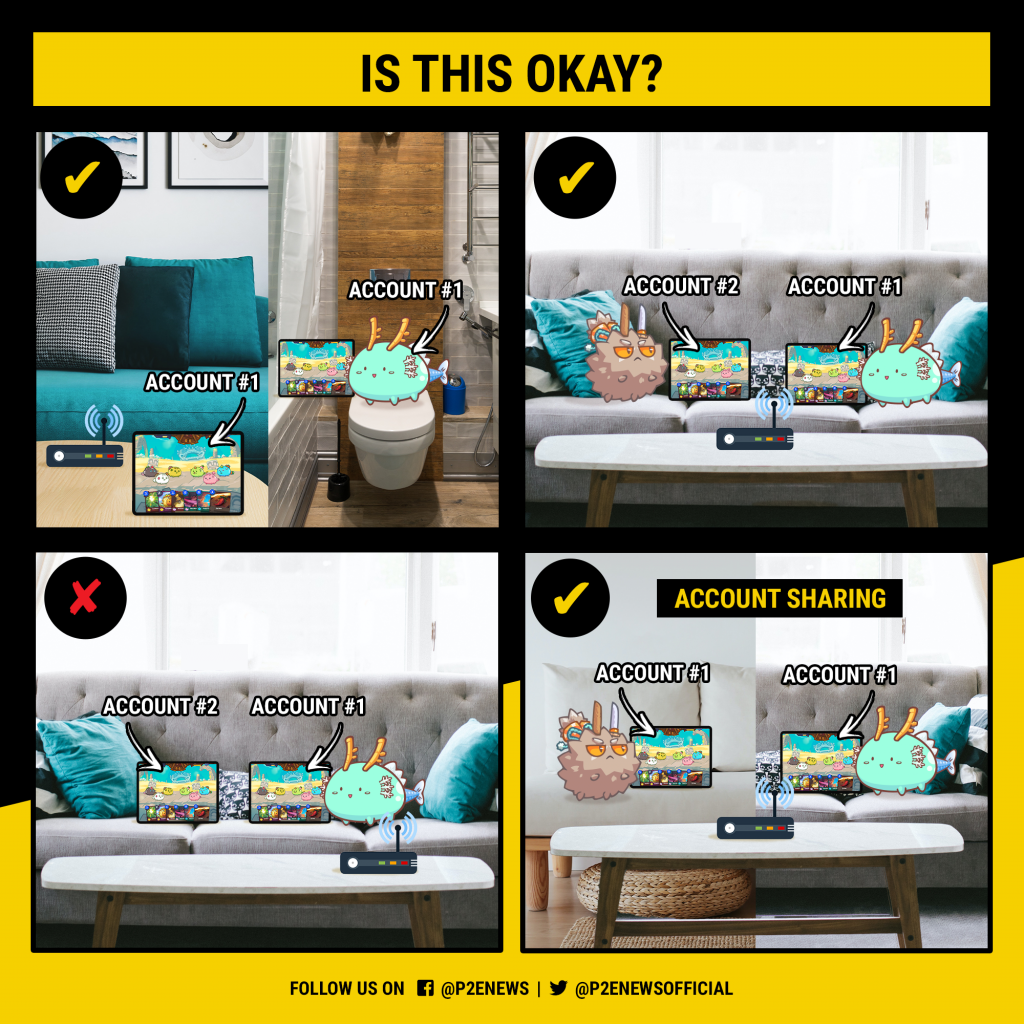

I consider Gitbox a right UI to do Git version control. Some power features were delayed until the right place for them was found. Also, a lot of stuff was ignored that would cripple and complicate the UI. But many more important things were already done: very responsive UI, instant full-history search (even by diff contents), undo for common operations like commit, pull and push (and more to be added in later updates), ubiquitous drag and drop and powerful keyboard shortcuts. Gitbox is still lacking some interesting things like built-in diff viewer, line-by-line staging, tree view or submodules. But what matters more is to keep going and improve it every day, at least a little bit. It is still a “weekend” project, so I don’t have a lot of time to work on it. I developed a long list of features and tweaks, rearchitectured the whole app several times (hello, responder chain and GCD!), was trying to keep focus and regularly deliver updates with both fixes, improvements and new wonderful features. I even appreciate that keygens were released within a week after

I was amazed that something I designed, wrote, productized and marketed was actually appreciated by consumers. Over months, it was steadily bringing some noticeable profit that helped paying for my wedding and honeymoon later in 2011.

Over a couple of days it made about $3000 which was totally unexpected as I was hoping for at least upgrading my notebook.
#Gitbox multiple accounts free#
I decided to polish it, add several more important features, streamline the UI (mostly by adding a sidebar for the repos) and released it in the end of November 2010 for $40 with a free version limited by 3 repositories (and no time limit). For many it became the only way to work with Git repos without exploding their brains. But still many fell in love with it from day one and continued using it daily. A lot of people dismissed it for a lack of features. Never before version control app, especially for Git, was expected to be “simple” or “minimalistic” yet useful. A lot of people got interested by a concept of “one-button” Git client. It looked clumsy and I really worried that nobody would like it.īut it was a success. In June on WWDC10 my boss told me once more that “real artists ship” and I shipped Gitbox with version 0.9 for free.
#Gitbox multiple accounts mac#
It was my first Mac app (I’ve already done some iOS projects for our customers), I loved it but still I was shy to release it. Staging, committing, pull, push became much more efficient than in Terminal or any other GUI starting with version 0.1. Quickly, everybody at our Pierlis office started using it. Branches went to the drop-down menus in the toolbar with pull/push button between them. Since then a lot of good design decisions were coming quickly. Stage was a special item in the top of the history. I quickly came up with a two-pane window - history on the left and changes on the right. I’ve spent a couple of days thinking about it and realized that the “stage” is a special case of a commit. Soon I realized I could make the app much more useful if I could integrate history cleanly without too much additional elements. Also, I was tired of typing “gs” (“git status”) all the time just to see that everything is the way I want. In May, 2010 I started experimenting with a UI for staging and committing to Git repository because it’s not easy to “git rm” a bunch of files that are already moved to trash (tab does not help).


 0 kommentar(er)
0 kommentar(er)
